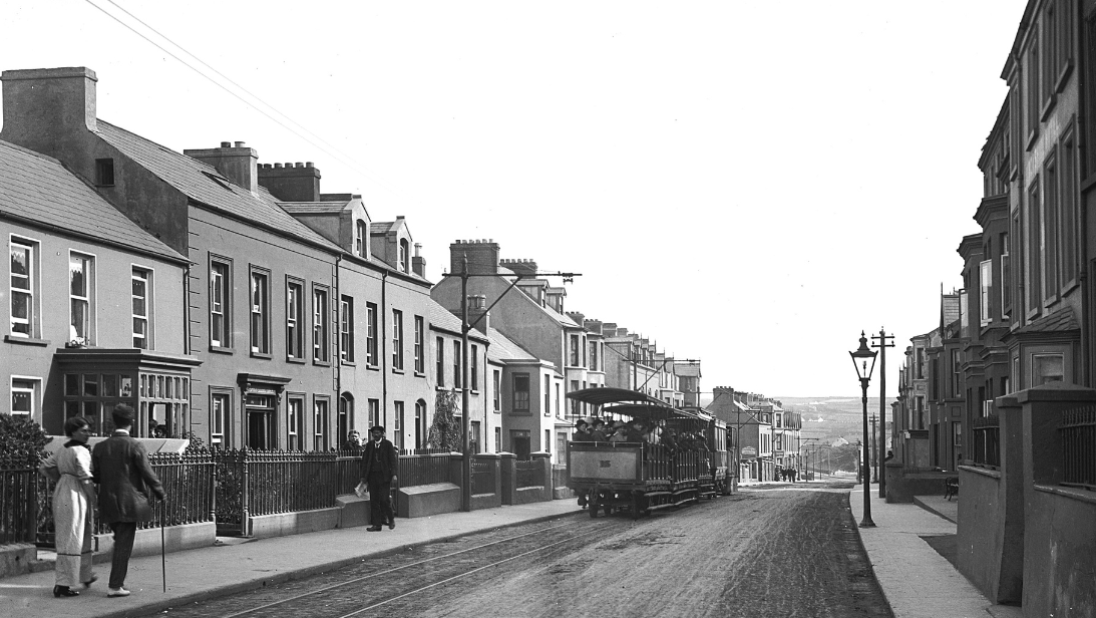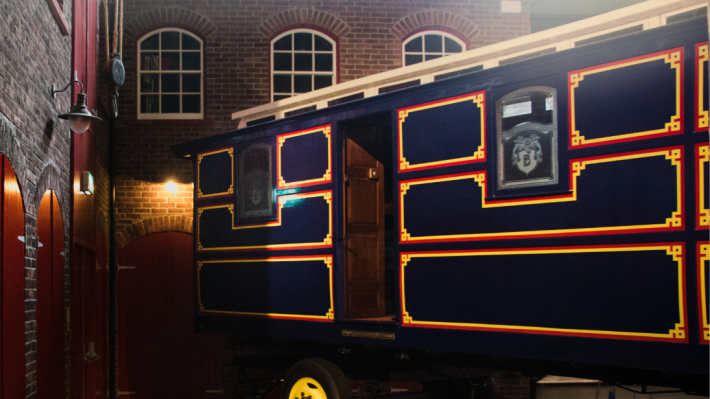Mrs Hannan: And I suppose you've heard the ridiculous story about how he got it - his low line live wire passed.
R. Beggs: Eh, I've never heard that. I know there must have been arguments about it.
Mrs Hannan: Well, there were great arguments about it!
R. Beggs: It certainly wouldn't be accepted nowadays.
Mrs Hannan: It wouldn't. And evidently somebody was riding a very old-fashioned bicycle and it touched this thing in some way and there was some flashing or something. And anyway, then the whole county council was there, and old Uncle William was there, he wasn't old then, of course, he was quite young. And they said how very dangerous this would be, and how very dangerous it would be if some small child without any underpants on came and sat with its bare bottom on this line or something.
R. Beggs: Ah, that's how this started. Yes.
Mrs Hannan: This is the thing. So, nothing daunted Uncle William, he said, 'Oh, but that would be quite all right!' So he said what he did was, he took off his own trousers and his underpants and in his bare bottom he sat down on this live wire, and somebody said to him afterwards, 'Didn't it hurt?' and he said, 'Yes it hurt like, hurt like hell, but I wasn't going to tell them that!' And so he got it passed!
R. Beggs: It must have taken courage to do that, for a man who understood what he was doing!



















